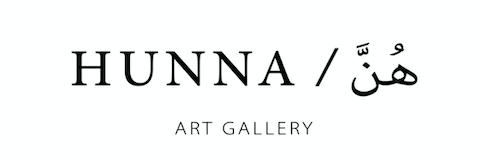Artist, designer, and business owner Amani AlThuwaini seeks to explore the ways in which historical symbolism can, or cannot, represent people’s lives today. From Kuwaiti and Ukrainian descent, Amani questions the appropriation of heritage practices, like traditional Kuwaiti Sadu weaving or dowry vessels, to convey relevant meaning to everyday lives today through her tufted, woven, embroidered, and built works. Her works “SUR.RE/VIVAL,” “STAGED,” and “Luxury Sufra” tell stories that are at once familiar and prodding, capturing everyday experiences in a new light.
Amani’s artwork has been shown internationally, from Brazil and Bolivia to Prague and Dubai, affording viewers the opportunity to engage with rituals and narratives that are specific to Gulf audiences while inviting others to compare practices more familiar to them with other contexts. Combining a rich array of materials, shapes, colors, and patterns, Amani’s work aims to underscore where contemporary life and historic traditions overlap, from traditional weaving patterns made from iPhones to Quranic references challenging consumption practices today.
AGSIW spoke to Amani, who is represented by female-centered and Gulf-focused contemporary art gallery Hunna, about her dual heritage, dowry vessel design firm Dazzalab, and exploration of different artistic mediums to portray themes like childhood, heritage, and consumerism.
(...)
Amani: I’ve been interested in traditional weaving – specifically Sadu weaving from Kuwait and Kilim weaving from Turkey – so I started researching the symbols and shapes that were presented in the woven works. Those symbols represented weavers from that time telling stories about what they’re living, what they’re witnessing around them, their environment, their landscape, and their traditions. I found it really interesting that even with our contemporary lives and experiences, we are still appropriating older symbols that don’t represent our time right now. I believe that our role as artists and designers is to reshape these traditions and rethink how we portray the experience we’re living using these symbols. For example, I made a float related to Al-Sawaber Complex – a historical architectural landmark that is being demolished in Kuwait – and more broadly related to the culture of waste and replacing something very easily, much like with consumer objects.
The shapes of the floats represent the survival of the tradition since the interest in weaving is slowly disappearing. There are lots of weavers from older generations, and they are teaching the younger generations, but not everyone wants to keep that tradition going. As for the name, it refers to survival and revival – I combined the two words because we need to revive how we portray symbols.
(...)
---
Continue reading on the Arab Gulf States Institute of Washington.

